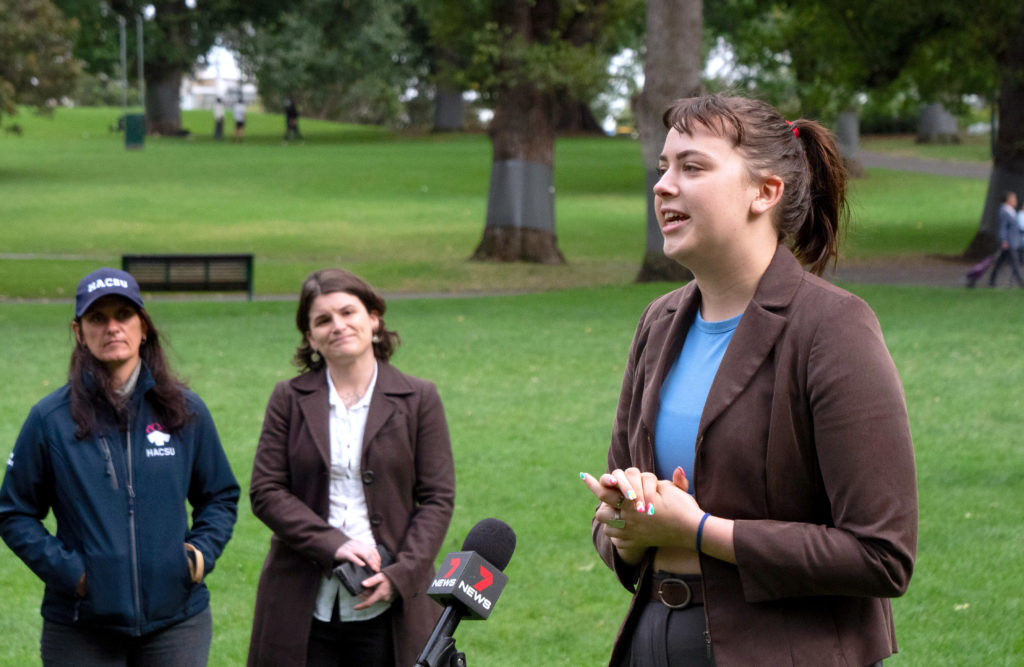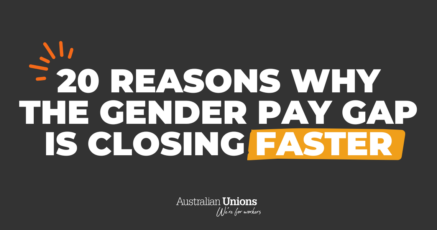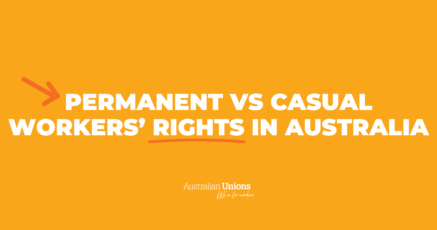When we place an Uber Eats order, we would never guess that if a woman is delivering the meal she is likely earning 37% less for that order than if a man delivered it.
‘Digital platform work’—work generated through apps like Uber and Airtasker—offers a solution for women who struggle to attain regular employment around home and care duties. But a new report by the Victorian government highlights the shortcomings of this work, and how it even worsens existing problems for women in the workforce, especially for those who exist at the intersection of disadvantage.
Men and women alike are drawn to this work for the extra income and flexibility of hours. However, women on average earn 37% less than men— equivalent to a difference of $2.62 per hour. Women also accept more work in client’s homes, which can put their health and safety at risk. Moreover, the ‘flexibility’ of this work in practice blurs the boundary between work and home life, with one app allowing women to bring their children along if the passenger is okay with it.
Discrimination is built into the design. Workers are often required to upload public profiles with photos, age, gender and ethnicity allowing clients to screen workers based on these identifiers. Algorithms match men to technical, higher paid jobs. And the rating system common amongst these platforms also favours male workers – users frequently rate women lower for driving skills or cleanliness, playing into gendered stereotypes.

So what?
These platforms could have had the potential to transform women’s work by giving a dollar value to labour that has traditionally been unpaid and undervalued. Instead, these platforms have been designed in such a way that women feel they have to undercut the cost of their labour to even stand a chance.
Platform workers are considered ‘non-employees’, and thus have little bargaining power or protection at work. In one example, a female driver claims when she reported that a rider had made her feel unsafe, all she received was a notification from the platform that she wouldn’t be paired with this rider again.
The Victorian Government is proposing a set of Standards in consultation with unions, workers, platforms, industry reps and businesses to improve conditions. While it’s a step to address some of the issues faced by gig workers, further research on the experience of both platform workers and users is required.
This report is one of the first to look at the data and to speak to workers directly about their experiences. So, while these platforms suggest a seductive future of autonomous work, the current systems are failing women by creating further gender inequity in the workforce.






SHARE:
Gig work and gender inequality via the apps we all rely on